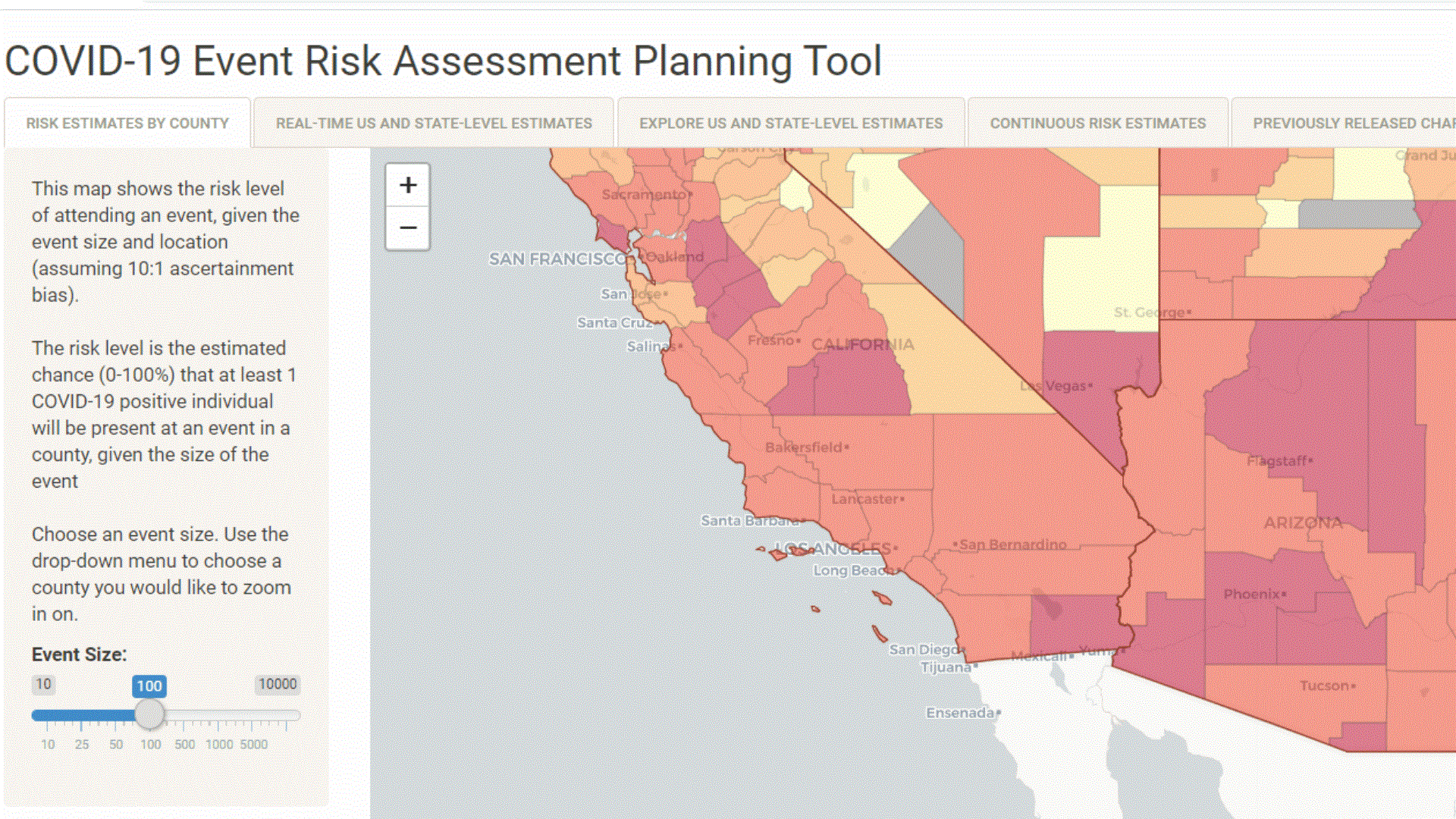CALIFORNIA, USA — Lea este artículo en español.
California and Oregon were lauded for their early response to the pandemic, with swift and broad shutdowns aimed at slowing the spread of coronavirus. In reopening their economies, both states imposed stringent requirements for masks and face coverings.
But eight months into the public health crisis, the neighboring states have made starkly different choices on tracking and reporting workplace outbreaks — decisions that shape how much the public knows about the spread of coronavirus as hotspots appear at meat-packing plants, stadium construction sites, warehouses and other essential worksites.
Since May, Oregon has used a centralized tracking system, which has enabled health officials there to release weekly reports that list the names and addresses of every known business with at least 30 employees where five or more positive COVID-19 cases are identified. For outbreaks of more than 20, the Beaver State issues special daily reports.
California, in contrast, doesn’t post workplace outbreaks. The state lets its 58 counties handle coronavirus data, with wide variety in how each county tracks and reports workplace outbreaks. The distinction has workers and public health experts worried.
“It’s fundamental data that should be readily available,” said Dr. Melissa Perry, epidemiologist and chair of the Environmental and Occupational Health department at George Washington University.
Throughout the pandemic, the Golden State has advised, but did not mandate, employers to notify workers of positive cases among employees. This means millions of workers in the fifth-largest economy in the world receive less information than they could about whether it’s safe to go to work. It also means low-wage essential workers carry greater risks: A joint investigation by CalMatters and The Salinas Californian for the California Divide revealed hundreds of unreported outbreaks among guest farmworkers throughout California this summer.
While business groups say it’s not productive to publicly shame companies, public health experts say posting workplace outbreaks would be helpful in controlling the virus, as pandemic-fatigued residents seek to return to school and work. More than 18,000 Californians have died from the virus with Latino and Black people infected at a significantly higher rate than white and Asian people. Such information, experts say, may improve scientific tracking and enable targeted responses amid a third wave of outbreaks.
What Oregonians know but Californians don’t
Like most states, California isn’t taking the extra step to post workplace outbreaks. But a few states, including Oregon, Arkansas, New Mexico and Colorado, do disclose where workers have contracted the virus. Iowa will disclose outbreaks if 10% of a business’ employees test positive for the virus.
In Oregon, health officials made an early pivot with public support.
State health officials came under heavy criticism last spring in choosing not to disclose two outbreaks at Townsend Farms, a Portland-based fruit company. On May 28, the department made an administrative decision to track outbreaks statewide using lab results and data from healthcare providers. Oregon posts reports that include workplace outbreaks along with those in schools, child care facilities and senior living and care facilities.
“There was a demand for transparency,” said Oregon Health Authority director Patrick Allen. “We had to shift.”
Today, Oregonians know nearly as much as their public health officials about the number of workers who have died or been infected as a result of workplace exposures. It’s 37 deaths and 8,605 cases.
Californians don’t know.
“It immediately paints a patchwork quilt picture of data,” said Perry, the George Washington University epidemiologist. “Very incomplete, very selective.”
The two states are very different in size and economy. Oregon has just over a tenth of California’s population, which accounts in part for the state’s low infection rate. But the state’s coronavirus case rate is still 1,116 per 100,000, the sixth lowest rate in the country. California’s rate is more than double that, with 2,412, according to a New York Times database.
Though it’s difficult to know if Oregon’s reporting contributed to a lower fatality rate, officials there believe sharing information has helped.
California resists naming and shaming
California’s reluctance was on display in Sacramento this legislative cycle as lawmakers pushed for greater transparency. A bill signed in September by Gov. Gavin Newsom aims to give workers timely notice, but a key requirement to disclose worksite outbreaks to the public got stripped out of the final draft.
Because some counties ask businesses to self report outbreaks, local officials say they fear employers won’t participate if they publicly post outbreaks. Instead, when the bill takes effect Jan. 1, California will only report the total number of outbreaks by industry sector without naming employers.
“The opposition was very strong against the bill,” said Assemblymember Eloise Gómez Reyes (D-San Bernardino), who authored the bill. “They were basically saying, ‘Trust us, we’ll do the right thing.’”


